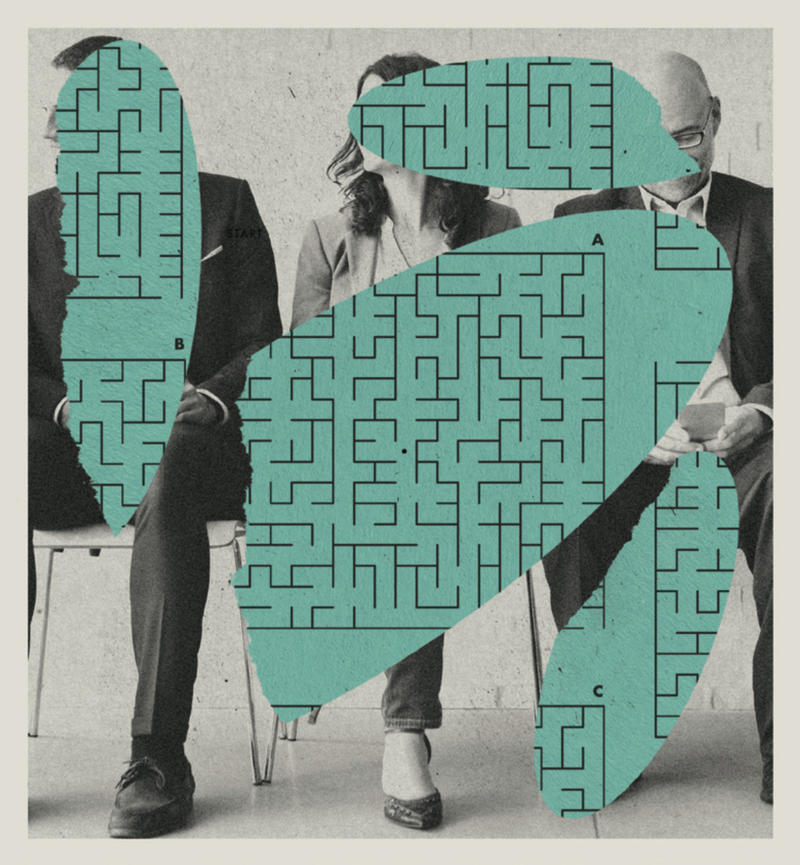
One evening earlier this year, a group of interior designers gathered in the offices of a prominent Manhattan firm. The names in the room would be familiar to anyone who follows the trade; more than a few regularly grace the pages of national shelter magazines. The closed-door meeting (one reporter was allowed in) opened with a solemn ritual: a round of show-and-tell. One designer brought a lamp he was working on for a licensing partner. Another shared a new source, a maker of inexpensive wrought iron shower doors. A ceramic lamp was produced and politely critiqued. The high-powered group had gathered not to plot the next color of the year or orchestrate the downfall of shiplap. Instead, they had come to learn from each other.
Networking can often feel like a dirty word—and more than that, it’s a lot of work. For thousands of designers across the country, finding a community, whether in person or online, has become a lifeline.
How long is too long for a contract? How often should you post selfies to Instagram, if ever? How do you deal with a client whose apartment is overrun by pests? How do you deal when the client is the pest? Many of the dilemmas that make up the fabric of daily work for designers aren’t covered by a traditional design education. To solve them, design professionals either get good at googling, or turn to their industry friends. The only problem: A robust network is hard to come by.

BOH subscribers and BOH Insiders.









































